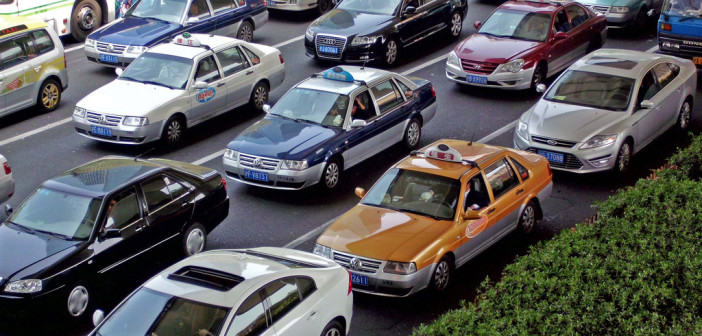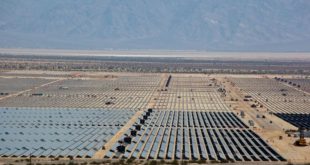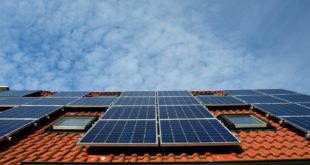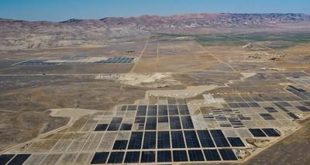Being a China watcher always involves parsing official statements to figure out who has the upper hand in Beijing and, if someone has some clout, what that person’s stand on an issue is. So I have been watching statements by Minister of Science and Technology Wan Gang and Minister of Industry and Information Technology Miao Wei to figure out where each stands and who might carry the day.
Suddenly, however, a new official – more important than the above two — has burst on the scene voicing strong support for the electric vehicle industry. Alas, I don’t think his support will result in a sudden rush of EV purchases.
The latest official to weigh in on the future of EVs in China is Ma Kei, a vice premier and Politburo member. Let me thank my friend and former colleague Yang Jian for his column in Automotive News China that helped me figure out the impact of statements by vice premier Ma Kai. Yang Jian says Ma is senior to both Miao and Wan and that he was instrumental in convincing the central government to cut purchase subsidies for battery-electric and plug-in hybrid electric vehicles by only 5 percent this year rather than the originally planned 10 percent. Ma apparently decided to push for the smaller cut in subsidies after visiting three local companies producing EVs, BYD Co, Jianghuai Automobile Co. , and Chery Automobile Co. , in early January.
Besides urging more central government support for EV purchases, Ma hit on the other key points to putting more EVs on China’s roads: More use in public transportation fleets; more charging stations; less local protectionism. He also suggested waiving the 10 percent new vehicle purchase sales tax for EVs.
A bit of background: Last September, the central government issued a revised subsidy policy for electric vehicles which said that subsidies for various electric vehicles would decrease over the next two years. The 60,000 RMB subsidy for battery electric passenger vehicles was to decrease by 10 percent in 2014 and 20 percent in 2015. Subsidies of up to 35,000 RMB for plug-in hybrid electric passenger vehicles would fall by the same percentages.
Apparently Ma Kai has managed to get those reductions revised to 5 percent in 2014 and 10 percent in 2015. And government support for the EV industry will continue after 2015, though details weren’t given.
That’s great. But it won’t be enough to get Chinese consumers to buy electric vehicles in any volume. The initial subsidies did not encourage EV purchases in 2013 when some 17,600 plug-in electric vehicles were sold in China, including battery electric and plug-in hybrid electric. Most of those sales were almost certainly fleet vehicles. Chinese consumers still worry about the high price of vehicles that depend on technology they consider risky, not to mention the lack of a charging infrastructure.
Ma’s support won’t change that. What such statements do accomplish in China is to reassure companies that are producing or could produce electric vehicles that the government will still put their money where their mouth is. That will be enough to keep China’s automakers continuing to play lip service to their grand plans for EV production in order to get a piece of that EV subsidy money.
According to a supplier friend of mine, an executive at a large multinational supplier, what he hears from the local automakers is that they will keep trumpeting their plans to produce EVs, and producing some, to show Beijing they are ready to produce a lot of EVs if necessary, to meet stiffer fuel efficiency requirements for example (the U.S. automakers will be nodding their heads). “We do this as long as the government is funding it,” said an exec at one Chinese automaker.
Ma’s statements are still a positive in the overall picture, of course. It tips the scales on the side of optimism. Wan Gang has generally been more positive about EVs than Miao Wei though both talk about EVs as the future. Both worry about a factor that will certainly slow the growth of China’s EV sector and stifle competition and thus innovation – local protectionism.
Said Wan Gang: With the production and sales numbers of new energy vehicles China saw in 2013, “we can’t hope to realize the goal of 500,000” NEVs on the road by 2015. Between cooperation and competition, one is not more important than the other in growing the EV sector, said Wan. “Local protectionism is the biggest obstruction to more growth,” said Wan. Miao Wei also worried about local protectionism but perhaps more realistically ruminated on the need for less expensive technology to truly grow the sector.
Both are right. Ma’s rosy future won’t happen without an end to local protectionism and a technological leap.
Article by Alysha Webb, a freelance automotive journalist and founder of ChinaEV Blog.
 Alternative Energy HQ solar power for homes, wind energy, and bio fuel issues
Alternative Energy HQ solar power for homes, wind energy, and bio fuel issues







